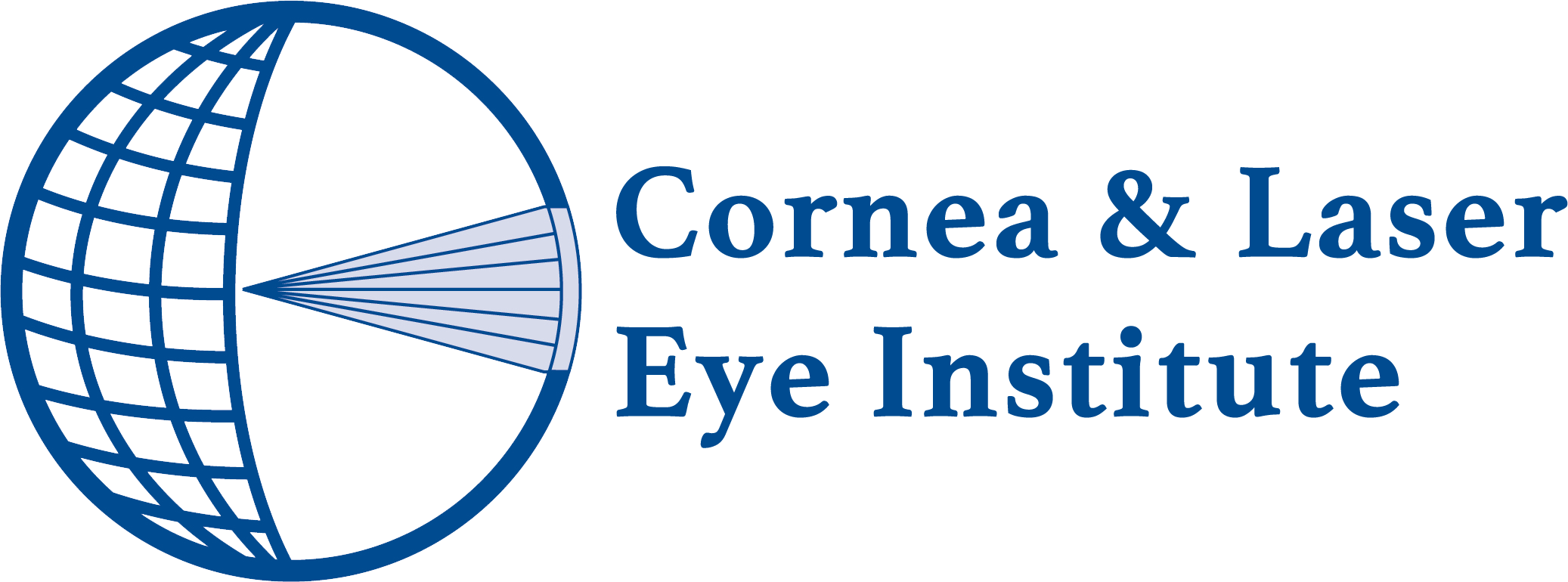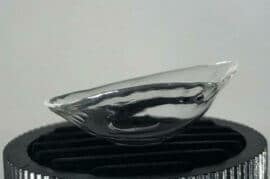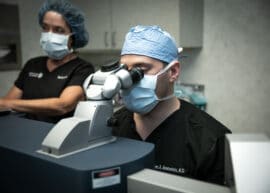Introduction to Wavefront Guided Scleral Lenses For patients with complex corneas, such as keratoconus, pellucid marginal degeneration, ectasia, corneal transplants, after LASIK, and more, scleral lenses are lifesavers! They can provide comfort and improved vision when all other contact lens options have failed. However, for some patients, even those with 20/20 vision, the quality of […]
Read More
Posted by John Gelles on March 12, 2024
Corneal crosslinking has long been the only treatment for slowing keratoconus, with epi-off crosslinking leading the way for over a decade. Now, as pioneers in the field, we’re thrilled to see the FDA approve Epioxa, the first epithelium-on system of its kind, and to bring patients an important new option in their treatment journey. Epioxa […]
Read More
Posted by Steven Greenstein on January 1, 2026
If you’re one of those people who can’t see anything without your glasses or contacts — not your alarm clock, not your face in the mirror — you know how limiting high nearsightedness can feel. It’s more than an inconvenience; it’s a constant dependence. What happens if you lose a contact lens at work or […]
Read More
Posted by Steven Greenstein on November 22, 2025
Epioxa is the first FDA-approved incision-free, topical cross-linking therapy for keratoconus.
Read More
Posted by Steven Greenstein on November 21, 2025
If you’ve been diagnosed with keratoconus, you’ve probably discovered that regular eyeglasses or standard soft contacts don’t always provide the clear, comfortable vision you need. That’s because keratoconus changes the shape of your cornea (the clear front surface of your eye) causing it to thin and bulge into a cone-like shape. This irregular shape makes […]
Read More
Posted by John Gelles on October 28, 2025
For decades, patients with advanced keratoconus faced limited treatment options. Glasses and contact lenses could help in the early stages, but once the condition progressed, many patients were left with only one surgical path: a corneal transplant. While corneal transplantation remains a life-changing procedure for many, it is invasive, carries risks, and requires a lengthy […]
Read More
Posted by Steven Greenstein on October 6, 2025
In August 2025, Dr. Steven Greenstein was featured in Review of Ophthalmology’s article, “Screening for the Proper Refractive Candidate”. The piece brought together leading refractive surgeons to talk about one of the most important—and often overlooked—parts of laser vision correction: making sure patients are the right candidates for surgery. When people think about LASIK or […]
Read More
Posted by John Gelles on October 5, 2025
When it comes to keratoconus care, expertise matters. At the Cornea & Laser Eye Institute (CLEI) in Teaneck, New Jersey, patients have the unique opportunity to be treated by not one, but three top doctors, all recognized by the National Keratoconus Foundation (NKCF) for their exceptional contributions to the field. This distinction is exceptionally rare […]
Read More
Posted by Steven Greenstein on September 16, 2025
Introduction Keratoconus is an eye condition characterized by thinning and outward bulging of the cornea into a cone shape, disrupting vision by inducing irregular astigmatism, nearsightedness, sensitivity to light, and distortion. Traditionally, keratoconus was considered rare. However, a landmark pediatric study the doctors at CLEI Center for Keratoconus participated in challenges this assumption, demonstrating a […]
Read More
Posted by Steven Greenstein on September 5, 2025
If you’ve been considering vision correction surgery, you’ve probably come across two common procedures: LASIK and PRK. While LASIK tends to get more attention, PRK (photorefractive keratectomy) has been around longer and remains a trusted option today. But what is PRK, and how does it compare to LASIK? What is PRK? PRK stands for photorefractive […]
Read More
Posted by Steven Greenstein on September 3, 2025
Keratoconus is a progressive eye condition where the cornea thins and bulges into a cone-like shape, causing vision distortion. While treatments such as corneal cross-linking (CXL) can slow or stop the progression, your daily habits also play a significant role in protecting your eyes. Small lifestyle adjustments can make a meaningful difference in long-term eye […]
Read More
Posted by Steven Greenstein on August 29, 2025














